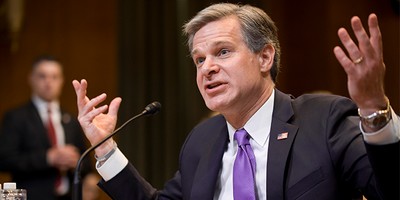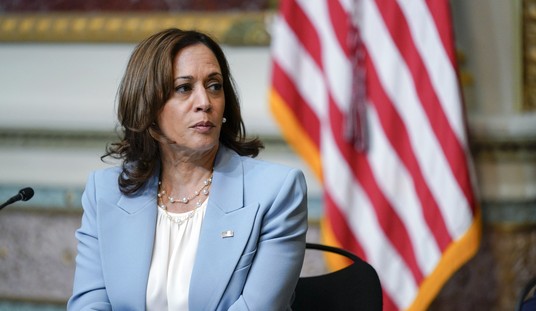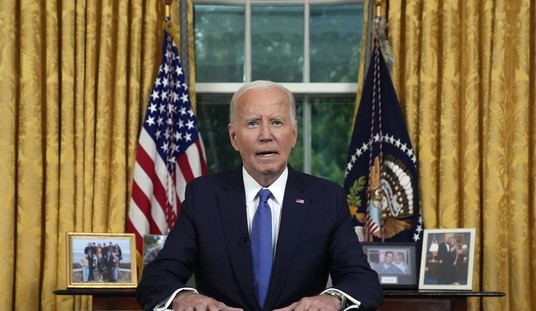Negative news for Clinton's prospects comes in the latest Quinnipiac polls in the key mega-states of Florida, Ohio and Pennsylvania. In each of them, she leads or ties Republican opponents, though in many cases not by statistically significant margins. But she also is running under 50 percent of the vote in every pairing, averaging 47 percent against six different Republicans in Florida, 44 percent against seven Republicans in Ohio and 46 percent against four Republicans in Pennsylvania. That's a danger zone for a candidate with universal recognition.
Similarly, less than 50 percent -- 47 percent in Florida, 44 percent in Ohio and 46 percent in Pennsylvania -- of voters express favorable feelings about her. Only 43 percent in Florida and 40 percent in Ohio and Pennsylvania feel she is honest and trustworthy.
And, perhaps surprisingly for a Democrat, only 48 percent of voters in Ohio and Florida and 45 percent in Pennsylvania say she "cares about the needs and problems of people like" them.
Clinton campaign spokesmen have said their goal is to reassemble Barack Obama's winning coalition. But she's falling short in these three large states, which Obama carried in 2012 with 50, 51 and 52 percent of the vote, respectively. These states have 67 electoral votes, without which Obama would have won only 265 -- and Mitt Romney would be president.
The latest Detroit News poll has Clinton averaging 44 percent against four Republicans in Michigan, whose 16 electoral votes Obama won with 54 percent of the vote in 2012.
Recommended
Two other polls suggest Clinton may encounter some bumps in primaries and caucuses. Both were taken in New Hampshire after Sen. Bernie Sanders of Vermont announced his candidacy in May. They showed Clinton leading Sanders by margins much smaller than ones in earlier surveys. Morning Consult showed her leading 44 to 32 percent. Suffolk University had her lead at a similar 41 to 31 percent.
Is Sanders doing well in New Hampshire just because he's from next-door Vermont? Yes and no. He's tapping a constituency that is nationwide -- look at the crowds he's drawing in Iowa -- but his popularity is especially concentrated in parts of New England.
Call it the Birkenstock Belt, spreading beyond Vermont (population 625,000) to include an area with 1.6 million people -- including western New Hampshire (where it has turned a once-red state purple), the Berkshires and Pioneer Valley of Massachusetts, Litchfield County in Connecticut (where Joe Lieberman got thrashed in the 2006 Democratic Senate primary), and parts of New York's Hudson Valley.
These are physically beautiful areas, with anti-sprawl zoning, that have attracted college-educated Manhattanite liberals (Sanders himself is a native of Brooklyn, and Ben and Jerry are from Long Island), who now sharply outnumber the waning number of flinty Yankee farmers who once made this area Republican. The Birkenstock Belt, which voted for Alf Landon over FDR in 1936, voted 65 percent Obama in November 2012.
It's widely remembered that Clinton rallied to beat Obama in the 2008 New Hampshire primary after finishing third in the Iowa caucuses. It's less remembered that she won only narrowly, 39 to 36 percent, with the now forgotten John Edwards at 16 percent. In the four Connecticut River counties adjacent to Vermont -- part of the Birkenstock Belt -- Obama beat her 40 to 34 percent. Overall, the Birkenstock Belt favored Obama over Clinton 52 to 41 percent.
So it's possible that Clinton will lose New Hampshire -- and other Birkenstock-inclined areas around the country. Note that in 2008, she won only 20 and 22 percent in Iowa's two university counties and lost Florida's two big university counties by a 2-1 ratio.
Clinton's likely support from blacks and Hispanics could enable her to rally from Iowa and New Hampshire setbacks in South Carolina and Nevada. And her presumed appeal to what have been called "beer Democrats" (as opposed to Obama's appeal to "wine Democrats") probably gives her an edge in big state primaries from Pennsylvania through Illinois.
But it seems that Sanders, perhaps because of the unlikelihood of his winning the nomination, is stirring the excitement of the Birkenstock constituency. Which brings to mind the discovery, by some scurrilous right-winger, that one anagram of "Hillary Rodham Clinton" is "idol, monarch -- any thrill?"

























Join the conversation as a VIP Member